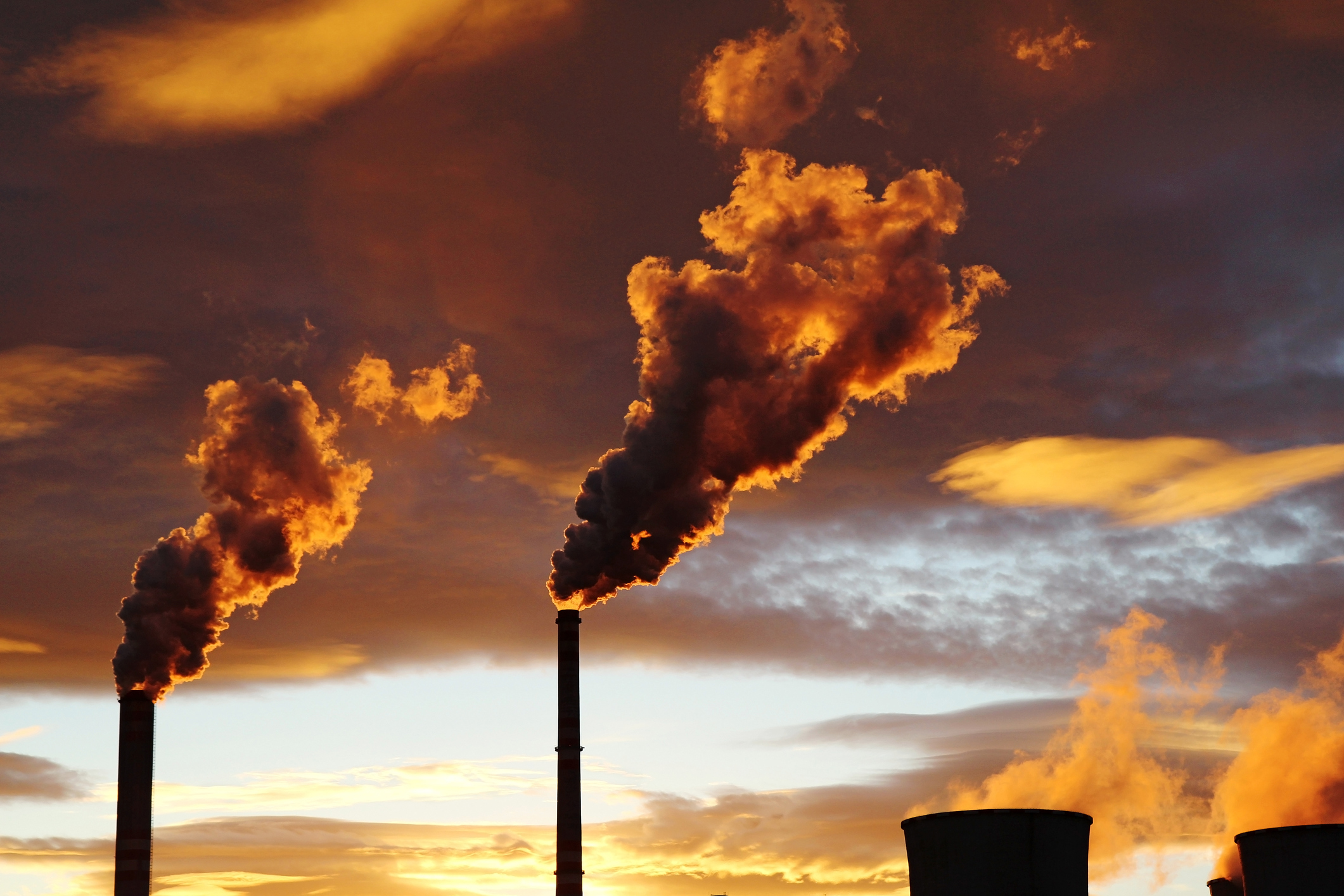Air Pollution and Pulminiary Disease
Air pollution is a complex issue that has a profound impact on human health, with consequences that are far-reaching and multifaceted. This essay explores the ways in which air pollution adversely affects human well-being, the various health conditions it can cause or exacerbate, and the urgent need for global action to mitigate its effects.
At the outset, it is important to understand that air pollution comprises a variety of contaminants, including particulate matter (PM), nitrogen dioxide, sulfur dioxide, carbon monoxide, and ozone, among others. These pollutants are released into the air from multiple sources such as industrial emissions, vehicle exhaust, chemical solvents, and combustion of fossil fuels.
The immediate effects of air pollution on human health are well-documented. Exposure to polluted air can cause a range of respiratory conditions, such as asthma, bronchitis, and chronic obstructive pulmonary disease (COPD). Particulate matter, especially fine particles known as PM2.5, can penetrate deep into the lungs and even enter the bloodstream, causing inflammation and exacerbating heart conditions. In fact, the World Health Organization (WHO) has classified outdoor air pollution as a carcinogen, as it increases the risk of lung cancer.
Long-term exposure to air pollution can lead to more severe health issues. It is associated with an increased risk of cardiovascular diseases, including heart attacks and strokes. Research indicates that living in areas with high levels of air pollution can lead to a shortened life expectancy. Additionally, emerging studies suggest that air pollution may also affect cognitive functions and could be linked to the development of neurodegenerative diseases such as Alzheimer’s and Parkinson’s.
The impact of air pollution on human health is not uniform; it disproportionately affects the most vulnerable populations, including children, the elderly, and those with pre-existing health conditions. Children exposed to polluted air may experience reduced lung growth and function, along with increased incidents of pneumonia and other respiratory infections. Pregnant women exposed to polluted air are at a higher risk of giving birth prematurely and having children with low birth weights, setting the stage for health problems later in life.
The economic costs associated with air pollution-related health impacts are staggering, encompassing medical expenses, lost productivity, and premature mortality. Healthcare systems bear the burden of treating conditions caused or worsened by air pollution, which diverts resources from other critical areas of public health.
To combat the impact of air pollution on human health, a multipronged approach is required. This includes stricter regulations on emissions, investment in renewable energy sources, development of green infrastructure, and public education campaigns. Additionally, individuals can take steps to protect themselves, such as monitoring air quality reports and reducing exposure on high-pollution days.
In conclusion, air pollution is an invisible killer that continues to pose a significant threat to public health globally. The evidence of its impact is clear and compelling, and it calls for immediate and concerted efforts to reduce pollution levels. Protecting human health requires not just addressing the symptoms caused by air pollution, but also tackling the root causes that contribute to the deterioration of our air quality. It is imperative that governments, industries, and individuals work together to ensure clean air for all, fostering a healthier environment and a better quality of life.


